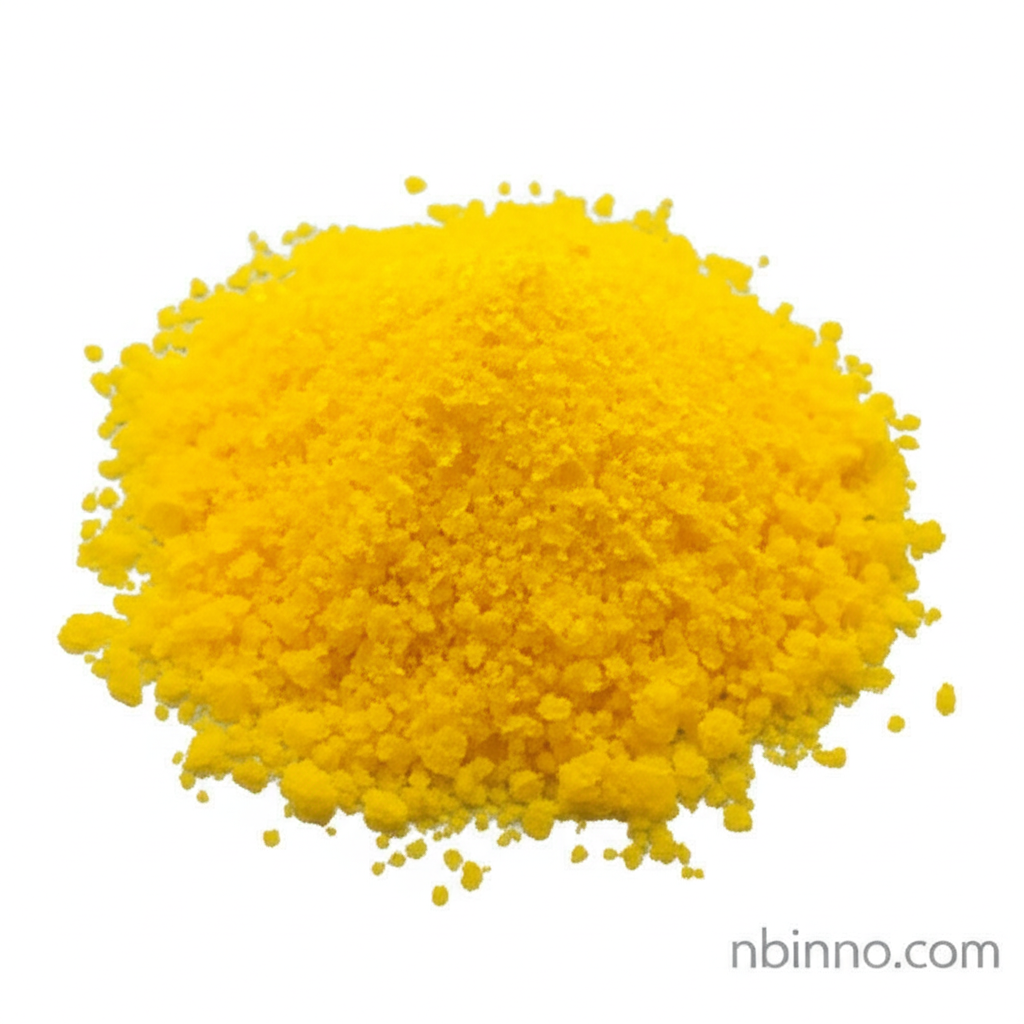Ammonium Dithiocarbamate: A Versatile Chemical Intermediate
Explore the essential role of Ammonium Dithiocarbamate in organic synthesis and chemical analysis.
Get a Quote & SampleProduct Core Value

Ammonium Dithiocarbamate
Ammonium Dithiocarbamate, CAS 513-74-6, is a key chemical compound with diverse industrial applications. Its molecular formula is CH6N2S2, with a molecular weight of 110.2. Known for its distinct yellow orthorhombic crystal appearance, this compound is a valuable asset in various chemical processes.
- Understanding the essential uses of ammonium dithiocarbamate reveals its significance in driving complex chemical reactions and analytical procedures.
- Discover the crucial role of ammonium dithiocarbamate as a synthesis intermediate, particularly in the production of cefodizime intermediate.
- Leverage ammonium dithiocarbamate for chemical analysis, serving as a reliable replacement for traditional reagents like hydrogen sulfide.
- Explore the properties of ammonium dithiocarbamate, such as its yellow crystal form and specific storage requirements for optimal stability.
Key Advantages
Synthetic Versatility
Ammonium dithiocarbamate acts as a critical synthesis intermediate, enabling the creation of complex organic molecules. Its utility in the cyclization reaction for producing cefodizime intermediate highlights its importance in pharmaceutical manufacturing.
Analytical Efficacy
In chemical analysis, ammonium dithiocarbamate offers a valuable alternative to hydrogen sulfide and ammonium sulfide, simplifying procedures and enhancing safety. This makes it a preferred choice for laboratories performing precise chemical testing.
Stable Chemical Properties
The compound's appearance as yellow orthorhombic crystals, coupled with its molecular formula CH6N2S2, underscores its well-defined chemical nature. Proper storage in dry, ventilated, low-temperature conditions ensures its integrity and efficacy.
Key Applications
Organic Synthesis
Ammonium dithiocarbamate is instrumental in various organic synthesis pathways, facilitating the formation of essential chemical structures, including intermediates for pharmaceuticals.
Chemical Analysis
It serves as a crucial reagent in chemical analysis, providing a safer and often more effective substitute for hydrogen sulfide and ammonium sulfide in quantitative and qualitative tests.
Intermediate Production
Specifically, it is used in the synthesis of intermediates for pharmaceuticals, such as the cefodizime intermediate, showcasing its role in advancing drug development.
Research and Development
The compound's properties make it a valuable tool for R&D laboratories exploring new synthetic routes and analytical methodologies.
